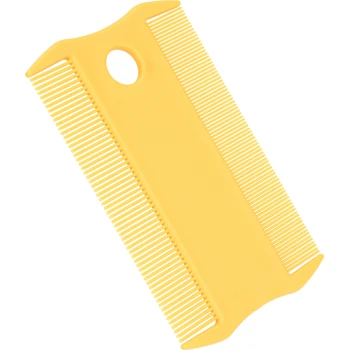Pest & tick protection for cats
Tick products for cats: protect your four-legged friend from blood suckers
Tick products for cats: they get the parasites off your pet
Depending on the breed, cats often have a pronounced urge for freedom. If your animal spends a lot of time roaming outdoors, increased caution is advised. Because there is a risk that the cat will be bitten by a tick. Ticks live in the undergrowth, in bushes, gardens, on the forest floor and especially in high grass. This parasite can latch on with its bite, transmitting dangerous diseases such as borreliosis. Because your pet gets close to you so often, there is also a risk of infection for you as the owner. For this reason it is important to ensure adequate pest protection for cats, with the highest level of prevention.
Tick protection for cats: minimise risk through regular treatment
To take preventive action against blood suckers and to nip any risk of infection in the bud, you should treat your cat at least once a month with a tick agent, known as a spot-on. This is applied to the neck of the cat. The active substance then penetrates into the skin via the sebaceous glands. The neck is the best place to apply it because your cat has difficulty licking there.
Instead of a spot-on, you can also put a collar on your cat to protect against ticks and fleas – just so long as the cat is not bothered by it. These collars are coated with an active ingredient that keeps ticks and fleas away. No matter which alternative you choose, the products that protect cats from both ticks and fleas are especially advantageous. This way you are arming your animal against multiple types of pests.
Also, many of the tick protection products developed for dogs are not suitable for cats. This is because cats often lack a certain enzyme, with the result that their body cannot correctly metabolise the product. If you give your cat a tick product intended for dogs, this may have some severe side effects. Tick products specifically developed for cats can be found in the Maxi Zoo web shop.
What to do when there’s a tick bite
You should regularly check your cat for ticks, especially if the animal is allowed outdoors. If you discover a bloodsucker in your cat’s fur, you should remove it carefully and as quickly as possible using regular tweezers or – even better – tick tongs or a tick hook. You can find the right tools in the Maxi Zoo online shop. Your cat may not be very keen on this procedure, so you should try to calm the animal beforehand. If you notice that you have not pulled out the entire tick and a part of the parasite remains in the skin, you should see a veterinarian. Do not under any circumstances use household products such as varnish or oils, as these can have a toxic effect on your cat.


